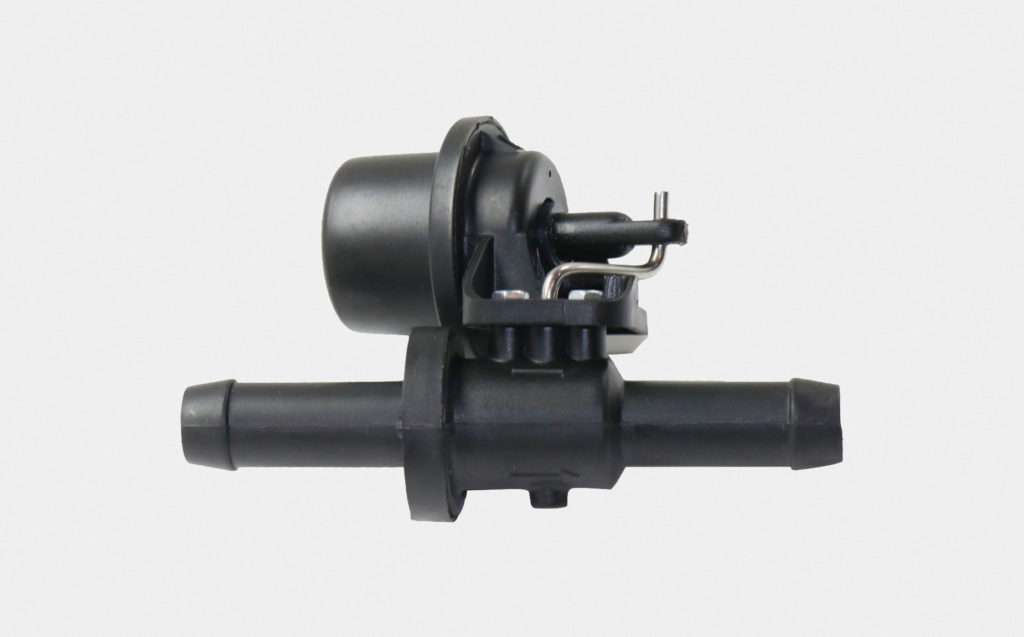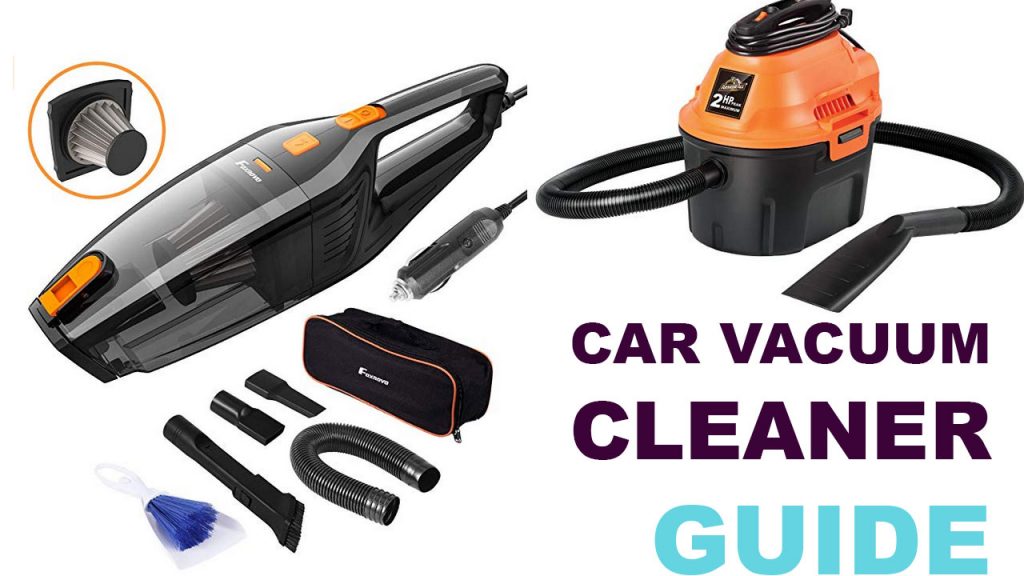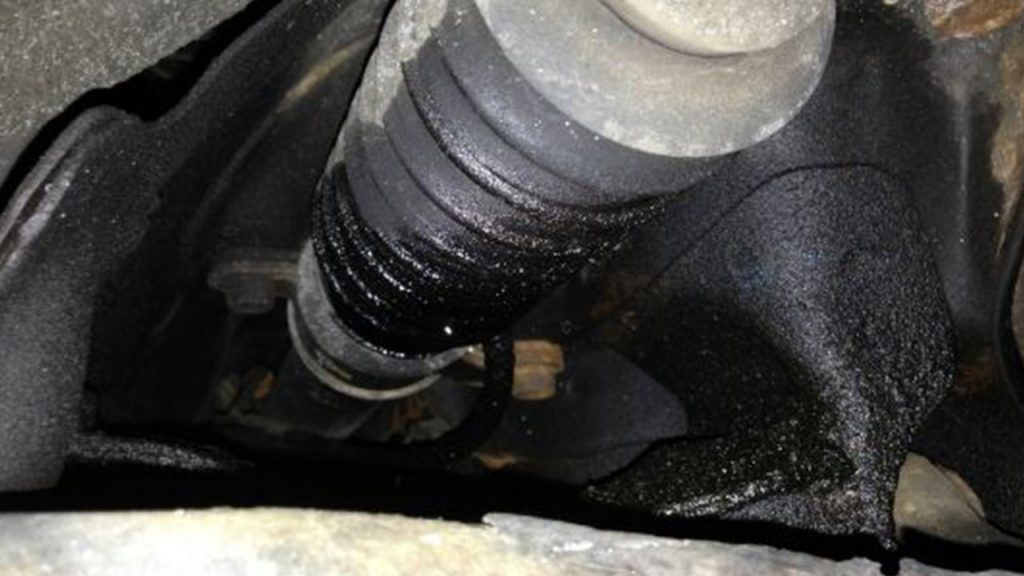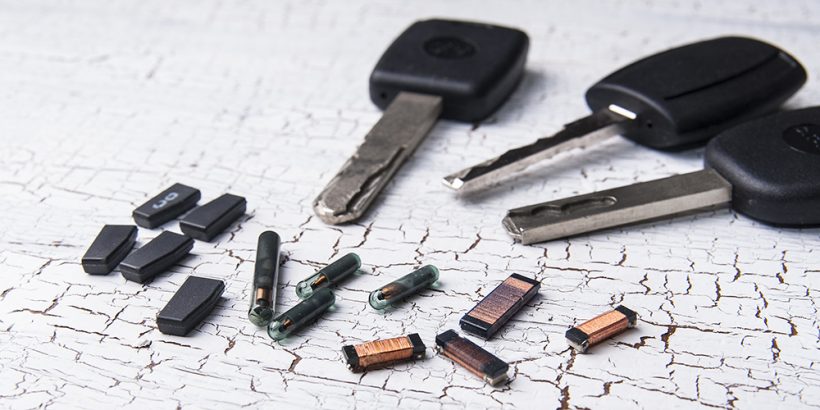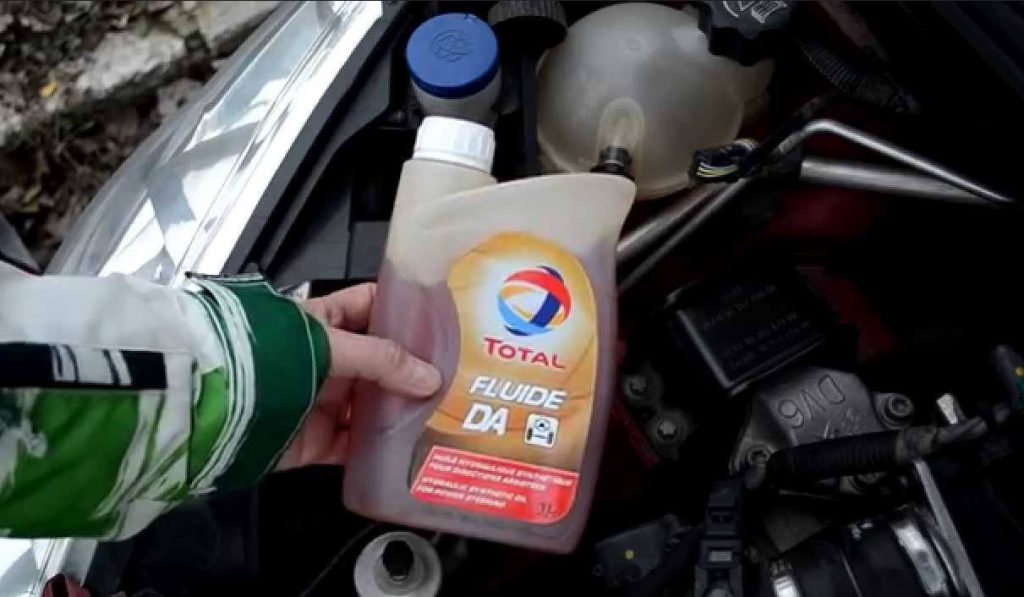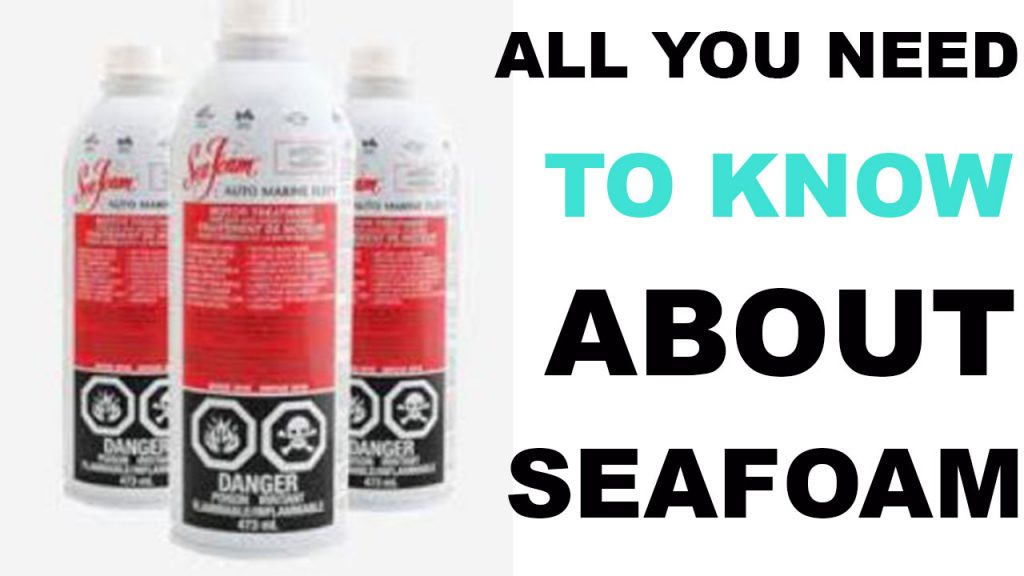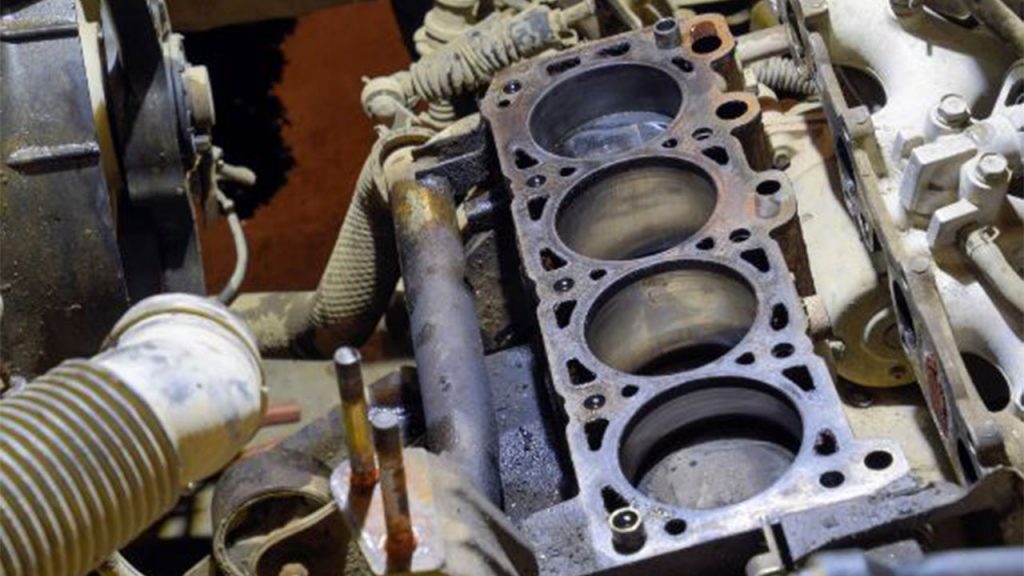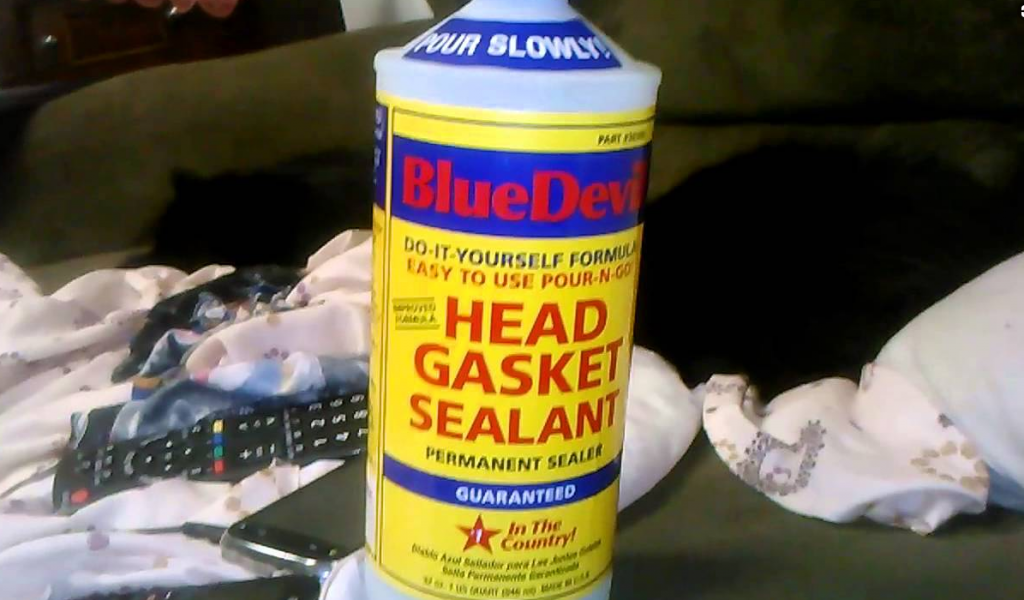The control valve is a vital part of your vehicle’s heating system. They help regulate the flow of coolant from your carengine to the heater core, which then warms the air that is circulated into the car through the cabin. When this valve goes bad or malfunctions, it can trigger or cause lots of issues that will affect the overall comfort and functionality of your vehicle. So, in this article, we will be looking at the symptoms of a bad heater core/control valve and the common causes of each symptom/failure and address some FAQs on them.
So, let’s get started
First off, What is a Heater Core Valve?
The heater control valve is part of the HVAC system, which is short for heating, Ventilation, and Air Conditioning systems. It serves as a gateway that controls how much hot coolant enters the heater core based on the settings you choose inside your car. When you turn up the heat, the valve opens to allow coolant to flow through the heater core, warming the air that is blown into the cabin. Conversely, when the heat is turned off, the valve remains closed to prevent the coolant from circulating.
A faulty heater core valve can disrupt this process, leading to various symptoms and issues.
Now, Where is it located:
The heater control valve is often mounted on or near the car’s firewall, which is the wall separating the engine compartment from the cabin.
You want to look for hoses leading from the engine toward the firewall; the valve is usually connected to the heater hoses that transport coolant to and from the heater core.
Symptoms of a Bad Heater Control Valve and Core Valve
1. Lack of Heat in the Cabin
One of the most noticeable symptoms of a faulty heater control valve is the lack of warm air blowing from the vents when the heat is turned on. This occurs because the valve is stuck in the closed position, preventing hot coolant from reaching the heater core.
2. Fluctuating Cabin Temperature
If the heater control valve is partially malfunctioning or stuck intermittently, you may experience inconsistent temperatures inside the cabin. The heat may alternate between hot and cold, making it difficult to maintain a comfortable environment within the car.
3. Coolant Leaks
A heater control valve or the core valve may develop cracks or wear out, leading to coolant leaks. You might notice puddles of coolant under the car or a sweet smell inside the cabin, which is indicative of a coolant leak. Coolant levels in the reservoir may also drop more quickly than it normally would.
4. Unusual Noises
A bad heater core valve can sometimes produce strange noises such as hissing or gurgling sounds. These noises occur due to trapped air or coolant flow obstruction caused by the malfunctioning valve.
5. Overheating Engine
In some cases, a stuck heater control valve can cause the engine to overheat. This happens when the valve restricts the flow of coolant through the system, leading to a buildup of heat in the engine.
6. Foggy Windows
A faulty heater core valve can lead to excess moisture inside the cabin, especially if the heater core itself begins to leak. This moisture can condense on the windows, causing them to fog up frequently.
7. Check Engine Light or Error Codes
Modern vehicles equipped with sensors may trigger a check engine light if the heater core valve malfunctions or goes bad. Diagnostic trouble codes (DTCs) related to the HVAC system may also indicate a problem with the valve.
Now, there are five trouble codes that introduce Heater Control Valve Issues
1. B1257
One is the B1257, which indicates a heater control circuit malfunction. The control circuit is responsible for operating the heater control valve. This may be caused by a wiring fault, a blown fuse, or a failing heater control module.
2. B1266
Two, the B1266, this indicates a heater water valve circuit malfunction.
When you see this code, it means there is a fault in the circuit specifically tied to the heater water valve, which controls the flow of hot coolant to the heater core.
3. P0128
Three, the P0128, which is for the Coolant Thermostat issues. Though not directly related to the heater control valve, this code might be triggered if the thermostat or heater control valve is stuck, preventing proper coolant flow to the heater core.
4. P0480
Four, the P0480, for Fan 1 Control Circuit issue.
This code could indirectly point to a heater control valve issue if improper coolant flow affects the engine or the HVAC system performance, causing overheating or underheating.
5. B1243
And five, the B1243, which indicates an issue with the HVAC system’s temperature control actuator circuit.
The actuator controls the flow of coolant through the heater core, so if it malfunctions, it can impact the heater control valve’s ability to regulate temperature properly.
Now, for more troubleshooting code, check out the section HVAC system troubleshooting code
Moving on to the next sign of a bad heater control valve.
8. Reduced Coolant Levels
If the heater core valve is leaking, it will cause the coolant level to drop steadily over time. This reduction may lead to a loss of heating efficiency and potential engine issues.
9. Cold Spots on Hoses
When the heater core valve is blocked or partially stuck, the hoses leading to and from the valve may exhibit uneven temperatures. One hose may feel hot while the other remains cold, signaling an issue with coolant flow.
Causes of a Bad Heater Core Valve
1. Wear and Tear
Like most components in a vehicle, the heater core valve is subject to wear and tear over time. Prolonged use can cause seals, gaskets, or internal parts of the valve to degrade, leading to failure.
2. Corrosion
Coolant systems are exposed to moisture and various chemical compounds, which can cause corrosion inside the heater core valve. Rust and deposits can block or damage the valve, impairing its functionality.
3. Coolant Contamination
Using the wrong type of coolant or failing to replace it at recommended intervals can introduce contaminants that clog or damage the heater core valve. Sludge and debris buildup can restrict coolant flow or cause the valve to stick.
4. Electrical Issues
In vehicles with electronically controlled heater core valves, electrical problems such as a faulty actuator, wiring issues, or a blown fuse can prevent the valve from operating correctly.
5. Vacuum System Failure
In older vehicles, the heater core valve may be operated by a vacuum system. A leak in the vacuum lines or a failure in the system can render the valve inoperable.
6. Extreme Temperatures
Exposure to extreme heat or cold can cause the materials in the heater core valve to expand, contract, or crack. These temperature fluctuations can lead to premature failure.
7. Improper Installation
If the heater core valve is not installed correctly or if the system is improperly serviced, it can lead to damage or early failure. Always ensure that repairs and replacements are carried out by qualified professionals.
8. High Mileage and Aging Components
Vehicles with high mileage or aging systems are more likely to experience issues with the heater core valve due to the cumulative effects of wear, corrosion, and environmental factors.
Diagnosing and Fixing a Bad Heater Core Valve
Diagnosing a faulty heater core valve often involves a combination of visual inspection, temperature tests, and diagnostic tools.
1. Visual Inspection:
Look for signs of leaks, corrosion, or physical damage around the heater core valve and its connecting hoses.
2. Temperature Check:
Feel the hoses leading to and from the heater core valve for temperature discrepancies.
3. Scan Tool:
Use a diagnostic scanner to check for HVAC-related error codes that may indicate a problem with the heater controlvalve.
Repair or Replacement
Depending on the severity of the issue, a heater control valve can either be repaired or replaced. For minor issues like blockages or minor leaks, cleaning or sealing may suffice. However, for significant damage or wear, replacing the valve is often the best solution. The cost of replacing a heater core valve varies depending on the make and model of your vehicle but typically ranges between $150 and $400, including parts and labor.
Preventing Heater Core Valve Issues
- Regular Coolant Maintenance Flush and replace the coolant as per your vehicle manufacturer’s recommendations to prevent contamination and buildup.
- Inspect the Cooling System Periodically check for leaks, corrosion, and wear in the cooling system, including hoses, the heater core, and the heater core valve.
- Use the Correct Coolant Always use the coolant specified by your vehicle manufacturer to avoid introducing incompatible chemicals into the system.
- Address Issues Promptly If you notice any symptoms of a bad heater core valve, address them immediately to prevent further damage to the cooling or HVAC system.
HVAC system troubleshooting codes
1. General HVAC System Codes
- B1253: HVAC Control Circuit Malfunction
Indicates an issue with the electrical circuit of the HVAC control module. - B1255: Solar Sensor Circuit Failure
Points to a malfunction in the solar sensor, which helps regulate cabin temperature based on sunlight intensity. - B1261: Mode Control Servo Motor Circuit Malfunction
Indicates a fault in the servo motor that controls the air distribution mode (e.g., defrost, floor vents).
2. Temperature Control Codes
- B1264: In-Car Temperature Sensor Circuit Failure
Indicates an issue with the sensor measuring cabin temperature. - B1265: Ambient Temperature Sensor Circuit Malfunction
Signals a problem with the ambient air temperature sensor, affecting AC performance. - B1273: Heater Control Circuit Malfunction
Refers to an issue in the circuit controlling the heating function.
3. Airflow Control and Actuator Codes
- B1277: Blower Motor Control Circuit Malfunction
Indicates a problem with the blower motor or its control module, leading to airflow issues. - B1242: Air Mix Door Motor Circuit Malfunction
Points to a failure in the actuator controlling the air mix door, which regulates hot and cold air blending. - B1243: Recirculation Door Motor Circuit Malfunction
Refers to a fault in the recirculation door motor, which switches between fresh and recirculated air.
4. Refrigerant and AC Compressor Codes
- P0530: AC Refrigerant Pressure Sensor Circuit Malfunction
Indicates an issue with the sensor monitoring refrigerant pressure in the AC system. - P0533: AC Refrigerant Pressure Too High
Alerts you to dangerously high pressure in the AC system, potentially due to overcharging or blockages. - P0645: AC Clutch Relay Control Circuit Malfunction
Refers to a fault in the circuit controlling the AC compressor clutch.
5. Blend Door and Mode Door Actuator Codes
- B1251: Blend Door Actuator Feedback Circuit Malfunction
Indicates an issue with the actuator controlling the blend door position. - B1257: Defrost Door Motor Circuit Failure
Points to a problem with the actuator controlling the defrost function. - B1266: Mode Door Motor Feedback Circuit Malfunction
Refers to a fault in the feedback circuit monitoring the mode door actuator’s position.
6. Sensor-Specific Codes
- B1271: Evaporator Temperature Sensor Circuit Malfunction
Indicates an issue with the sensor monitoring the evaporator’s temperature. - B1281: Outside Air Temperature Sensor Range/Performance Problem
Points to a sensor providing incorrect outside air temperature readings, affecting HVAC decisions.
7. System Communication and Calibration Codes
- U0164: Lost Communication with HVAC Control Module
Refers to a communication failure between the HVAC module and other vehicle systems. - U0424: Invalid Data Received from HVAC Control Module
Indicates corrupted or unreadable data from the HVAC control system. - B1342: HVAC Control Module Fault
Suggests that the HVAC control module itself may be damaged and requires replacement.
8. Specific to Defrost and Dehumidification
- B1241: Defogger Relay Circuit Malfunction
Indicates a problem with the relay controlling the defrost function. - B1299: Dehumidifier Sensor Circuit Malfunction
Refers to a fault in the sensor measuring cabin humidity levels.
Common FAQs on Bad Heater Control Valve
1. What is a heater control valve, and what does it do?
You might not think much about your car’s heater control valve until it stops working, but this small part plays a big role in keeping you warm. It’s like a gatekeeper for the coolant flowing into your heater core, deciding whether you get a blast of cozy heat or just lukewarm air. When it’s functioning correctly, it lets you adjust your cabin temperature with ease, but if it’s faulty, you’ll notice quickly—especially in cold weather.
2. What are the symptoms of a bad heater control valve?
Have you ever turned up your car’s heater on a freezing day only to feel cool air blowing instead? That’s one of the first signs of a failing heater control valve. You might also notice inconsistent temperatures, with the heat cutting in and out randomly. Coolant leaks under your car or around the valve area can also point to trouble, and if you hear odd hissing or gurgling sounds, it’s time to take a closer look.
3. Can a faulty heater control valve cause overheating?
Yes, it absolutely can, and here’s why. The heater control valve is part of your car’s coolant system. If it gets stuck in a closed position, it can restrict the flow of coolant, causing your engine to overheat. It’s a domino effect—when the valve doesn’t let coolant flow properly, the entire system suffers. And trust me, an overheated engine is the last thing you want to deal with on the road.
4. How does a heater control valve affect AC performance?
You might not realize it, but your heater control valve and air conditioning system work together more than you think. If the valve is stuck open, hot coolant will continue flowing into the heater core, even when you’re trying to cool down the cabin. The result? Your AC feels weak, and the cabin temperature struggles to stay consistent. It’s frustrating, especially on a hot day when you need that cold air the most.
5. What are the causes of heater control valve failure?
The reasons behind a faulty heater control valve vary, but some are more common than others. Over time, normal wear and tear can cause parts to weaken. Rust or corrosion might build up, especially if your coolant system hasn’t been maintained properly. Sometimes, debris gets stuck inside the valve, blocking its movement. And if it’s an electronic valve, wiring issues or a failed actuator could be the culprit.
6. Is it safe to drive with a faulty heater control valve?
You might think, “It’s just the heater—what’s the big deal?” But driving with a bad heater control valve can lead to bigger problems. If it affects your coolant flow, your engine could overheat, leaving you stranded. Plus, if you’re dealing with winter weather, the lack of heat can make driving uncomfortable or even dangerous. It’s best to address the issue sooner rather than later.
7. How do you diagnose a bad heater control valve?
Diagnosing a heater control valve issue doesn’t have to be complicated. Start by checking for obvious signs like coolant leaks around the valve or hoses. Feel the heater hoses—if one is hot and the other is cold, the valve might not be opening properly. For an electronic valve, a scan tool can reveal error codes pointing to the problem. If you’re not sure, a mechanic can perform a more thorough inspection.
8. What is the cost to replace a heater control valve?
The cost of replacing a heater control valve can vary depending on your car’s make and model. On average, you’re looking at anywhere from $150 to $500, including parts and labor. The part itself might cost between $50 and $150, but labor can add up, especially if the valve is hard to access. If you’re handy with tools, replacing it yourself can save you some money.
9. Can a heater control valve be repaired, or does it need replacement?
It depends on the specific issue. If the valve is stuck because of debris, cleaning it might solve the problem. But if it’s corroded, cracked, or electronically malfunctioning, replacement is usually the best option. A temporary fix might work in the short term, but for long-term reliability, a new valve is often the way to go.
10. How can you prevent heater control valve failure?
Prevention is all about proper maintenance. Regularly check and flush your coolant system according to your car’s maintenance schedule. This helps prevent corrosion and buildup that could clog or damage the valve. Keep an eye on your coolant levels and inspect the hoses for leaks or wear. A little upkeep goes a long way in avoiding costly repairs.

